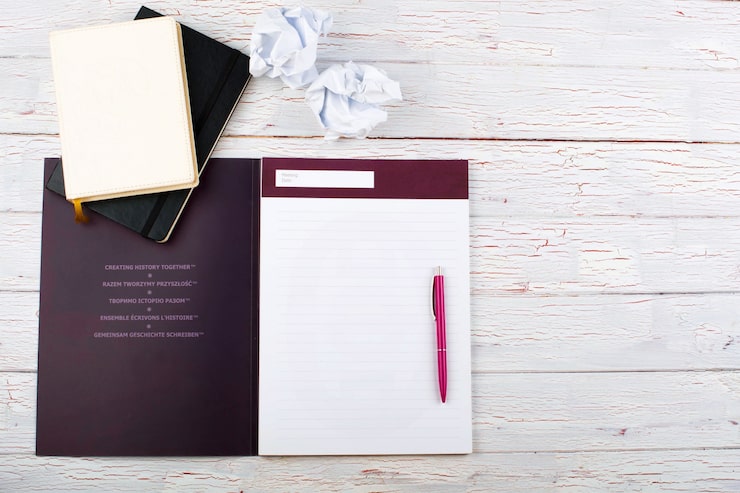A Formal Letter Writing Format is essential for anyone looking to communicate professionally and effectively. Whether you are a student sending a request to a principal or a professional writing to a corporate office, understanding the correct format ensures your message is clear, organized, and leaves a positive impression. Proper formatting demonstrates respect, attention to detail, and effective communication skills, which are highly valued in both academic and corporate settings.
Mastering a Formal Letter Writing Format not only helps convey your message but also enhances your writing confidence. Imagine a student applying for a scholarship or a job seeker requesting a reference—using the correct structure can make the difference between a response and being overlooked.
Understanding the Basics of Formal Letter Writing
A well-structured Formal Letter Writing Format typically includes the sender’s address, date, recipient’s address, subject line, salutation, body, closing, and signature. Each part has its purpose. The sender’s address and date provide context, while the recipient’s details ensure the letter reaches the correct person. A clear subject line summarizes the letter’s intent.
The salutation sets the tone. Using “Dear Sir/Madam” or addressing the recipient by name if known maintains professionalism. The body of the letter should be concise, organized into clear paragraphs, and focused on the main purpose. Finally, a courteous closing like “Yours faithfully” or “Yours sincerely” followed by a signature completes the formal structure.
Real-Life Scenarios of Using Formal Letters
Consider a professional scenario where an employee is requesting leave. A properly formatted letter ensures the request is taken seriously. Similarly, students often write formal letters to apply for internships, scholarships, or permissions. Using the correct Formal Letter Writing Format in these situations reflects maturity, attention to detail, and respect for formal communication norms.
Storytelling in formal letters is subtle. For instance, when requesting an extension on a project, the writer might briefly explain circumstances but avoid unnecessary details. This clarity and structure make the letter effective, persuasive, and respectful.
Key Elements of a Formal Letter
Breaking down the Formal Letter Writing Format, we start with the heading. This includes your address aligned to the top-right corner, followed by the date. The recipient’s address is aligned to the left, indicating clarity and organization. The subject line immediately informs the reader about the purpose of the letter.
In the body, the introduction states the reason for writing. The next paragraphs provide details, evidence, or context. Concluding paragraphs should summarize the request or intention and express gratitude for the recipient’s time. Proper language and tone throughout are essential; avoid slang or overly casual phrases.
Common Mistakes to Avoid
Even when following a Formal Letter Writing Format, mistakes can reduce impact. One common error is using informal language or colloquial expressions. Another is writing excessively long paragraphs that dilute the main message. Misplacing addresses, dates, or closing phrases also affects professionalism. Careful proofreading ensures your letter is polished and effective.
Practical Tips for Students
Students can benefit greatly from mastering a Formal Letter Writing Format. Practice writing letters for different purposes—admission applications, scholarship requests, and permission letters. Using sample letters as references helps understand structure, tone, and style. Over time, students develop the ability to write clear, concise, and persuasive letters independently.
Practical Tips for Professionals
Professionals frequently use formal letters in offices, client communication, and corporate correspondence. Understanding the nuances of formatting, tone, and clarity is crucial. A well-written letter can influence decisions, build professional relationships, and enhance credibility. Including relevant details, being concise, and following correct formatting are key practices for professional success.
Enhancing Communication Skills Through Formal Letters
Mastering a Formal Letter Writing Format improves overall communication skills. Writing formal letters develops clarity, conciseness, and organization, which are transferable skills for emails, reports, and presentations. It also fosters critical thinking, as you carefully consider what information to include and how to present it professionally.
Regular practice of formal letter writing, reviewing samples, and seeking feedback strengthens both writing ability and confidence. Over time, students and professionals alike can craft letters that are precise, compelling, and impactful, reflecting their professionalism and attention to detail.
The Lifelong Value of Formal Letter Writing
Understanding and using a correct Formal Letter Writing Format is a skill that lasts a lifetime. From academic settings to corporate communication, well-written letters create a positive impression and ensure your message is understood. Investing time in mastering this format pays off in clear, effective, and professional communication across multiple contexts.
Read also:
meaning of demure
buttress
stampede meaning
letter writing to friend


